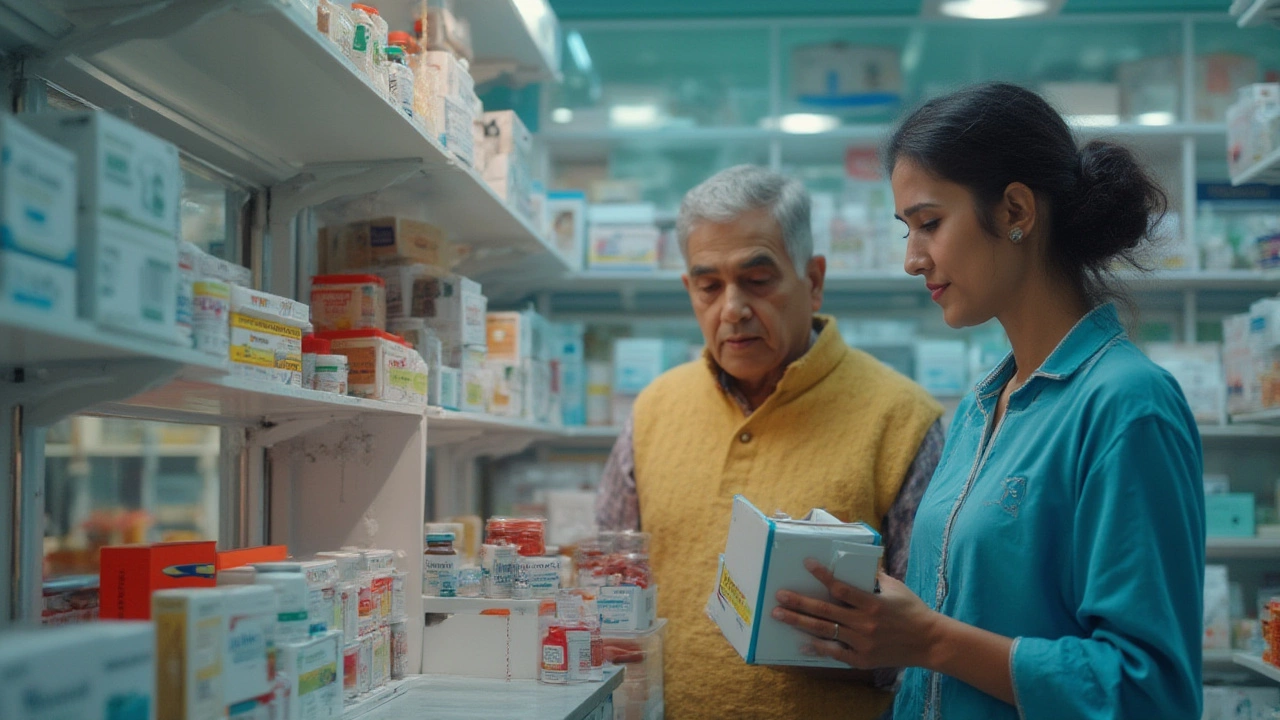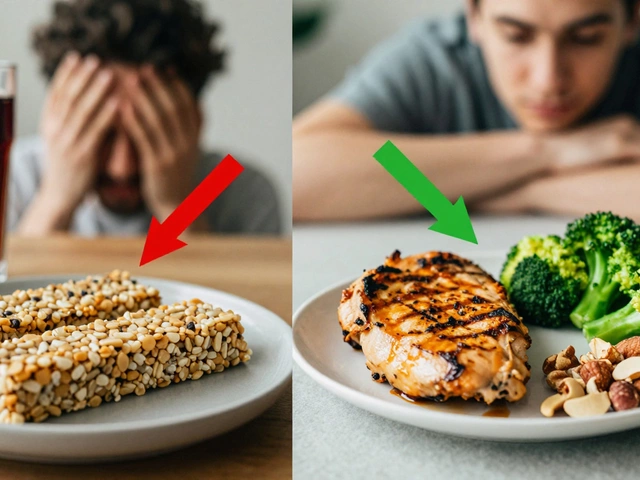Discover which diabetic pill tops the charts, why metformin remains the first-line choice, and how these medications are transforming living with type 2 diabetes.
Read MoreType 2 Diabetes Medication: What You Need to Know
If you’ve been told you have type 2 diabetes, the first question is usually "what pill do I take?" The answer isn’t a one‑size‑fits‑all. Different drugs target different problems – from lowering blood sugar to improving your body’s insulin response. Knowing the basics helps you pick a treatment that fits your lifestyle and health goals.
Top 5 Diabetes Drugs in 2025
Metformin remains the go‑to first‑line therapy. It lowers glucose production in the liver and improves insulin sensitivity. Most people start here because it’s cheap, well‑studied, and has a low risk of causing low blood sugar.
GLP‑1 receptor agonists like semaglutide work by mimicking a gut hormone that boosts insulin release, slows digestion, and can help with weight loss. They’re injected once a week and have become popular for people who need extra glycemic control.
SGLT2 inhibitors (e.g., dapagliflozin, empagliflozin) force the kidneys to dump excess sugar in urine. They also cut down on heart failure risk, making them a solid choice for patients with heart disease.
DPP‑4 inhibitors such as sitagliptin block an enzyme that destroys GLP‑1, giving a mild glucose‑lowering effect without weight gain. They’re easy to take and have few side effects.
Insulin therapy is reserved for later stages or when oral meds aren’t enough. Modern basal insulins act slowly over 24 hours, reducing the risk of sudden lows.
How to Talk to Your Doctor About Medication
Start by sharing your daily routine, eating habits, and any other meds you’re on. Ask which drug fits your schedule – a once‑daily pill versus a weekly injection can make a big difference in adherence.
Don’t shy away from side‑effect questions. Common issues are stomach upset with metformin or occasional urinary infections with SGLT2 inhibitors. Knowing what to watch for lets you act fast and avoid complications.
Bring up your fitness goals. Some drugs, like GLP‑1 agonists, help with weight loss, while others are neutral. Aligning the medication with your lifestyle can boost results.
Ask how often you’ll need blood‑sugar checks. Newer agents often require fewer finger‑sticks, which can ease daily monitoring.
Finally, discuss costs. Indian generic versions of metformin and sulfonylureas are affordable, while newer GLP‑1 drugs may need insurance or a payment plan.
Choosing the right type 2 diabetes medication is a partnership. With clear info on how each drug works, its pros and cons, and a candid chat with your doctor, you’ll feel more in control of your health journey.





